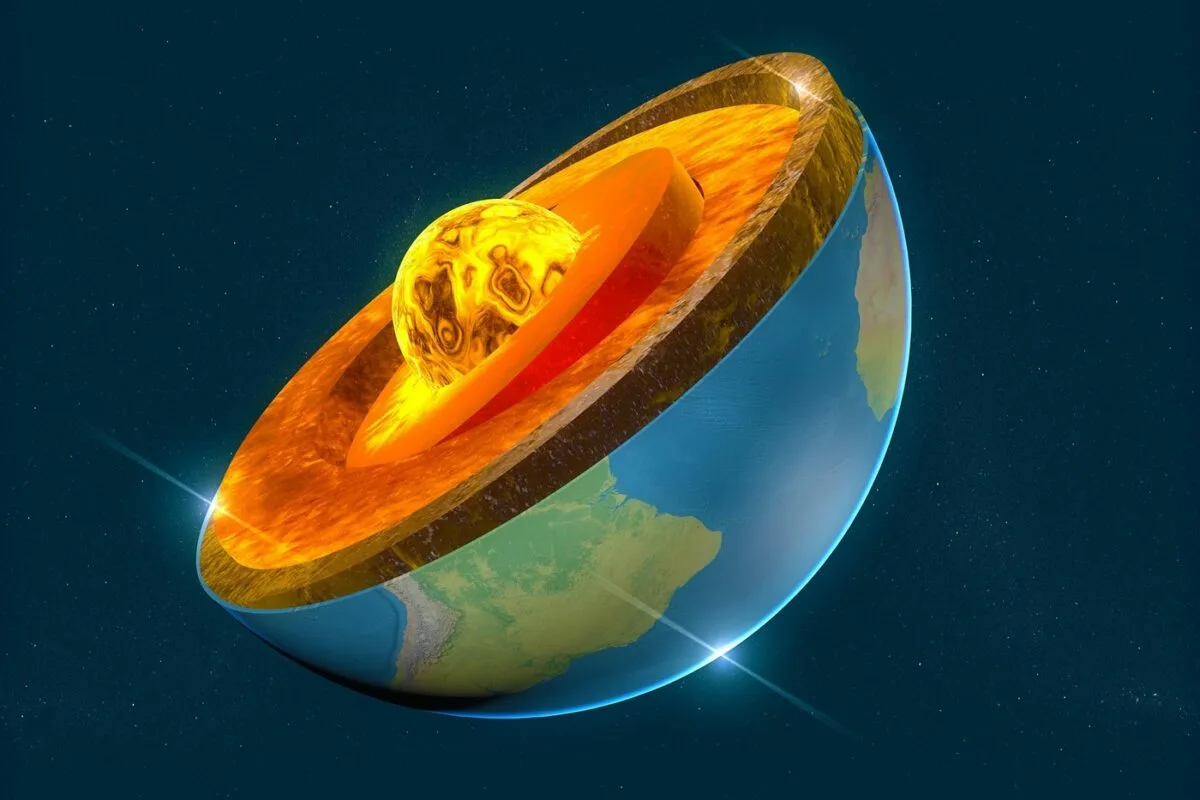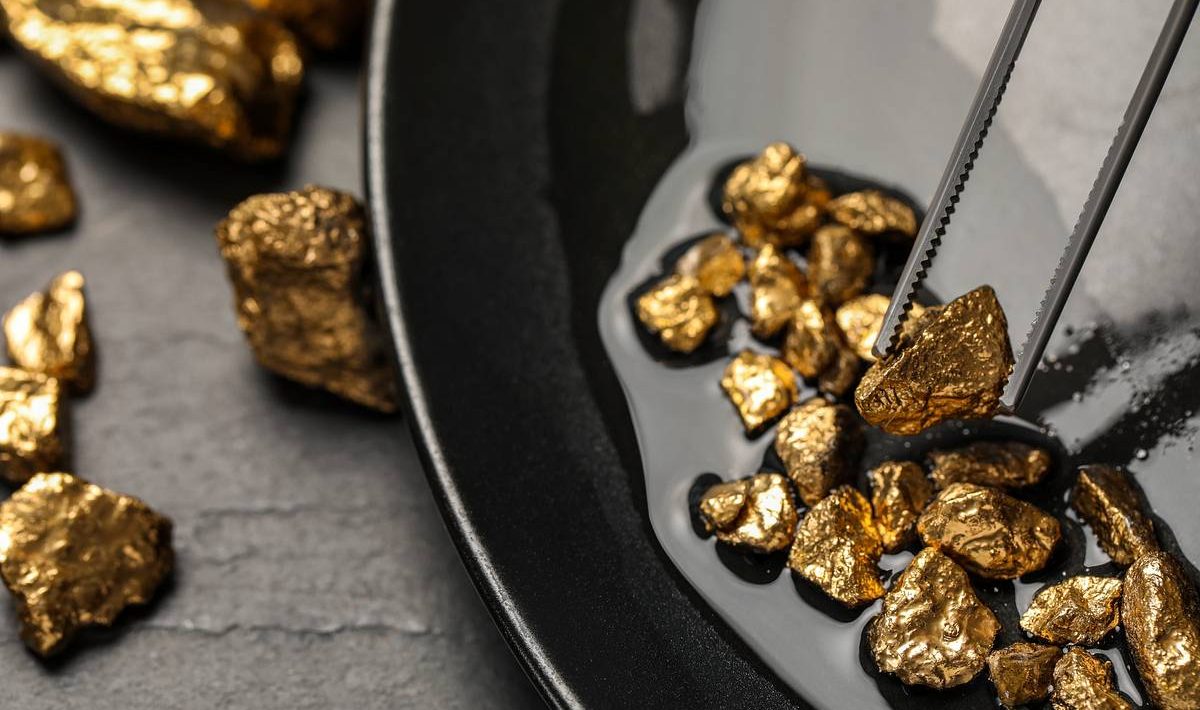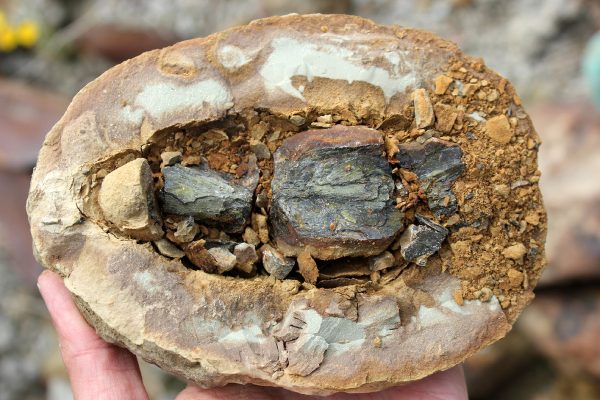Gold has been present throughout human history as a symbol of wealth and a driving force behind many civilisations.
Table of Contents
In this context, the question of how gold reaches the Earth’s surface was the starting point for numerous studies without a unanimous answer. The key lies in the geological processes that take place at great depths, in the Earth’s mantle.
Understanding how gold reaches the crust not only solves a scientific puzzle, but also improves the way gold deposits are located. Researchers have analysed phenomena that occur between 50 and 80 kilometres underground, in regions where the dynamics between oceanic and continental plates transform the chemistry of the subsoil.
How does gold reach the surface from the centre of the Earth?
To provide better context for this topic, it should be noted that most gold is not immediately available on the surface. It is retained in rocks located in the mantle, the layer between the Earth’s crust and core. There it remains isolated because, on its own, the metal does not tend to move or dissolve easily.
The so-called subduction zones are where the release occurs. In these places, the ocean floor sinks beneath the continental masses, dragging along water and chemical compounds accumulated over millions of years.
When these plates reach depths of 30 to 50 miles, pressure and heat generate hot, saline fluids capable of altering the composition of the environment.
These fluids feed the volcanoes around the Pacific and, under the right conditions, also transport significant concentrations of gold. A team from the University of Michigan has successfully modelled this process.
The role of sulphur in gold transport
Gold does not migrate on its own. It needs to bind with another element that makes it soluble and transportable. Recent research points to sulphur as the decisive ally. When interacting with the fluids released by the sinking plate, the mantle acquires a more oxidising character.
In this oxidising environment, sulphur takes on unusual forms and allows the creation of a novel chemical complex: gold trisulphide. In this structure (already studied), one metal atom binds to three sulphur atoms, enabling the gold to dissolve in the fluids and rise with them to higher layers.
The thermodynamic models developed by the research team show that this is the most coherent explanation for the existence of extremely rich gold deposits in subduction zones. Without this complex, the metal would remain immobile, trapped in the minerals of the mantle.
The importance of water in the transport of gold
The research highlights an essential factor: water. It is not an accessory element, but an essential component for gold to travel to the surface. Aqueous solutions allow the gold-sulphur complex to move more efficiently.
Scientists explain that when the system contains sufficient water, the amounts of gold transported are much higher. In comparative terms, levels of grams of gold per cubic metre of fluid are reached, a concentration thousands of times higher than that observed in mantle rocks.
This explains why not all subduction zones generate gold deposits. The presence of water, together with specific pressure and temperature conditions, makes the difference between a process that retains gold and one that releases it into the crust.

How does gold reach exploitable deposits?
When all the ingredients come together (water, sulphur and the right oxidising environment), the gold is able to rise up into the magma. As this magma moves towards the surface, it cools down and deposits the metal in cracks and rock veins.
The result is concentrations that, over millions of years, create deposits rich enough to be mined.
This explains the distribution of deposits around the so-called Pacific Ring of Fire, from New Zealand to Chile, passing through Japan, the Philippines, Alaska and the west coast of the United States and Canada.
As Adam Simon, lead researcher of the study, pointed out: ‘The same processes that cause volcanic eruptions are what generate gold deposits in these environments.’
This breakthrough is not limited to the theoretical realm. It provides a practical tool for guiding the search for new deposits. The study thus offers a broader understanding of geological processes and establishes a connection between plate dynamics, volcanism and the formation of strategic mineral resources.





